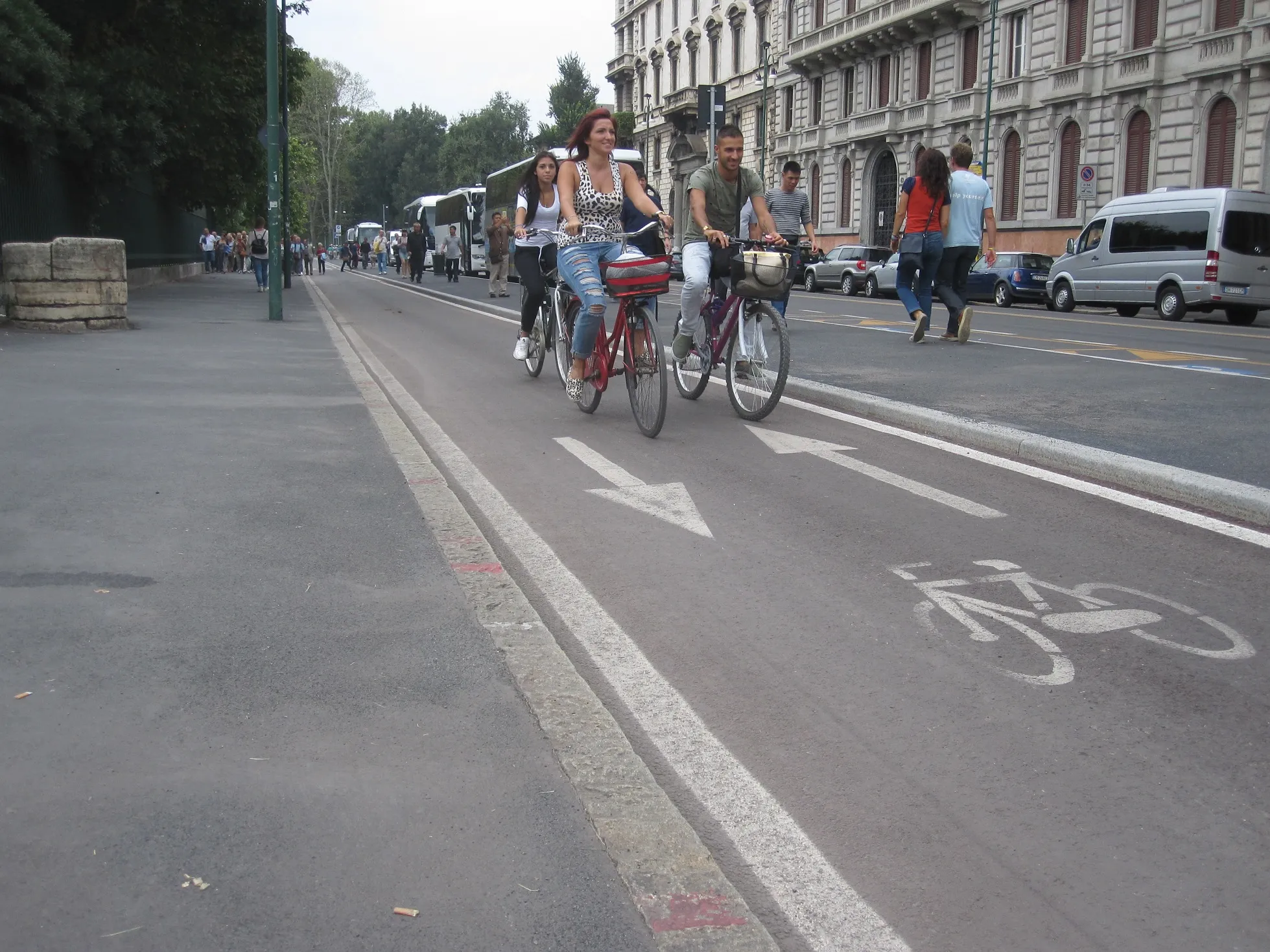The Australian Government has announced plans to invest in Australia’s infrastructure, spending US$370.27 million (AU$490 million) in Western Australia infrastructure in 2016-2017 and US$1.2 billion (AU$1.5 billion) on road and rail projects in Victoria.
Prime Minister Malcolm Turnbull stated that the federal government and the Western Australia state government will work together to identify the appropriate projects for the additional investment. A spokeswoman for West Australian Premier Colin Barnett,
April 12, 2016
Read time: 2 mins
The Australian Government has announced plans to invest in Australia’s infrastructure, spending US$370.27 million (AU$490 million) in Western Australia infrastructure in 2016-2017 and US$1.2 billion (AU$1.5 billion) on road and rail projects in Victoria.
Prime Minister Malcolm Turnbull stated that the federal government and the Western Australia state government will work together to identify the appropriate projects for the additional investment. A spokeswoman for West Australian Premier Colin Barnett, however, revealed two immediate priorities would be an extension of the Roe Highway, Roe 8, and the Forrestfield Airport link.
Turnbull also proposed a US$383 million (AU$500) million contribution from the Federal Government to a US$766 million (AU$1 billion) upgrade of the congested Monash Freeway in Victoria, providing an additional lanes along 44 kilometres of the road. The government is also offering to invest US$268 million (AU$350) million, again to be matched equally by the Victorian Government, to upgrade the Western Ring Road.
Other investments in Victoria, again to be matched by the state government, include upgrading 1,000 kilometres of freight rail in the Murray Basin, improvement of rural and regional road networks, including the Great Ocean Road, and a package of investment to address urban congestion.
Prime Minister Malcolm Turnbull stated that the federal government and the Western Australia state government will work together to identify the appropriate projects for the additional investment. A spokeswoman for West Australian Premier Colin Barnett, however, revealed two immediate priorities would be an extension of the Roe Highway, Roe 8, and the Forrestfield Airport link.
Turnbull also proposed a US$383 million (AU$500) million contribution from the Federal Government to a US$766 million (AU$1 billion) upgrade of the congested Monash Freeway in Victoria, providing an additional lanes along 44 kilometres of the road. The government is also offering to invest US$268 million (AU$350) million, again to be matched equally by the Victorian Government, to upgrade the Western Ring Road.
Other investments in Victoria, again to be matched by the state government, include upgrading 1,000 kilometres of freight rail in the Murray Basin, improvement of rural and regional road networks, including the Great Ocean Road, and a package of investment to address urban congestion.









